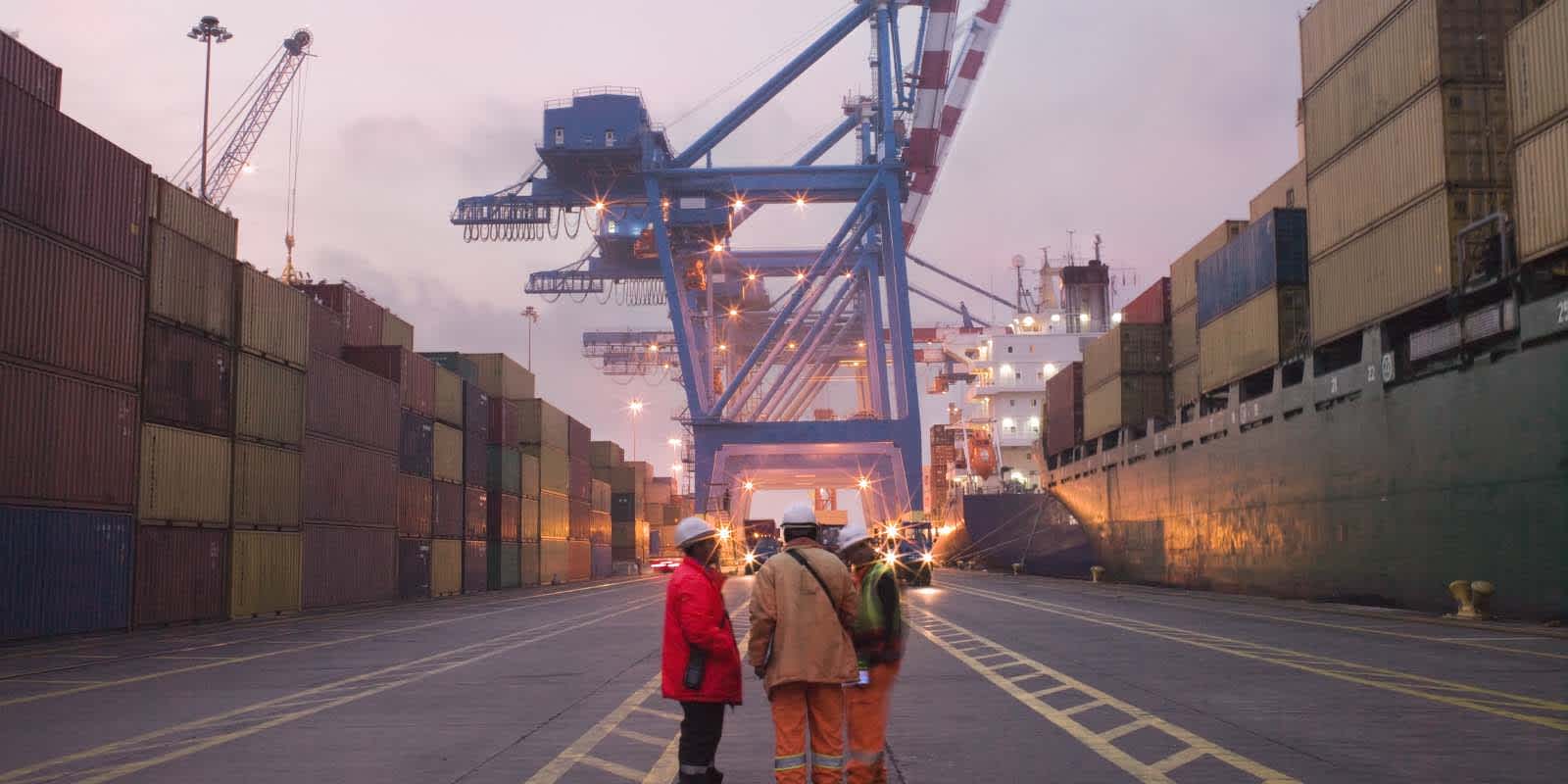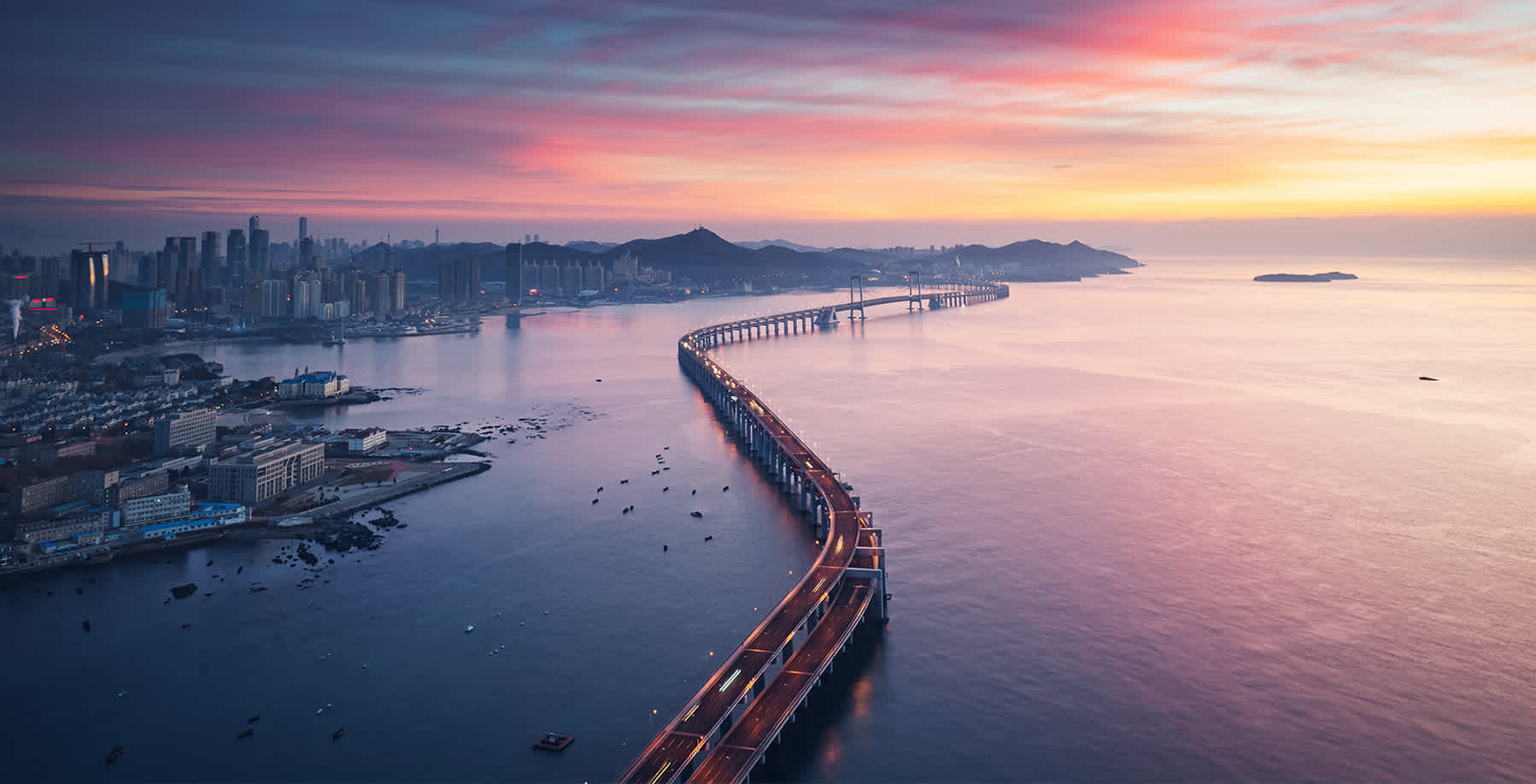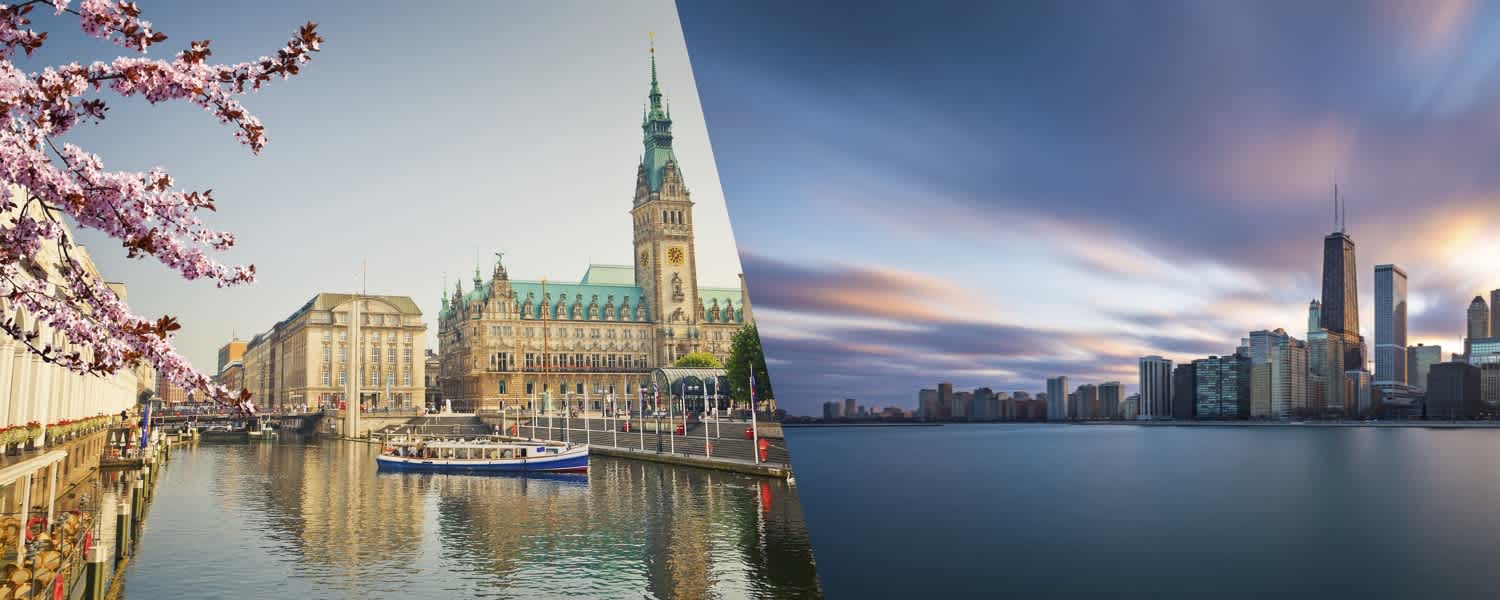
October 22, 2021
Port Workers Portray the Reality of Bottlenecks
Port Workers Portray the Reality of Bottlenecks
There are maybe 35 chassis this week at Los Angeles’ West Basin Container Terminal. There should be more like 1,000.
The turquoise-hulled Hyundai Force is the only vessel moored in the port, after a month-long journey from Keelung, Taiwan. Her carrying capacity is 8,566 TEU. Even if she’s not fully loaded, 35 chassis aren’t nearly enough.
There’s nowhere else to put the containers, either. The yard is at 120% capacity, boxes overflowing into lots where they’d usually stage chassis.
Truckers aren’t showing up for appointments to collect the boxes. Instead, they’re stuck waiting at warehouses or they simply can’t unload. No one has space for the goods.
Under a clear night sky, second-shift terminal workers pace themselves as they unload the Force. They just end up bored if the work is done and the shift isn’t.
—-
Nathan Strang, Flexport Ocean Trade Lane Management Director, spends his days trying to solve the root causes of the congestion.
It’s been around 12 months of increasing backups in Southern California seaports, despite rampant US demand for goods and dozens of ships waiting in the Pacific for a chance to unload.
The President has gotten involved in the matter, announcing the Port of Los Angeles will remain open 24/7 to ease the backlog of cargo. The Port of Long Beach has been on 24/7 for weeks.
But on this night, Strang is eating tacos at 10 PM with the second-shift workers, and they haven’t heard anything about a third shift actually happening in LA yet. They also don’t see what good it would do.
The second shift runs from 6 PM to 3 AM. If 50 trucks make it during those hours, it’s a lot, say the workers.
Some note nights when no trucks arrive. And after midnight? Forget about it. The terminal is quiet, the usual clang of containers on chassis replaced only by an occasional machine hum.
From Strang’s perspective, the WBCT workers are right.
“The slowdown isn’t concentrated at the port. Terminal workers I’ve met welcome the idea of more to do,” explains Strang. “As they see it, staying open for a third shift only moves the needle if truckers can make and keep appointments for extended gate hours.”
As of now, that’s not possible. And even if it were, warehouses aren’t open in the middle of the night. Where would the goods go?
The only way to resolve the bottlenecks is if everyone along the supply chain were able to coordinate. Maybe something like this.
For more boots-on-the-ground insights, follow Nathan Strang on LinkedIn. For greater visibility and better connectivity between ports, trucking, and warehouses, learn more about Flexport Trucking.



